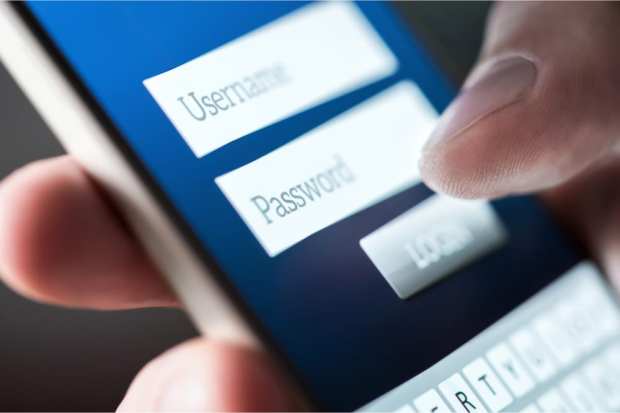Digital Onboarding In The New Reality

Mobile banking has rapidly grown to become a major force in finance. Mobile onboarding, however, is more like a force of nature at the moment. Without safeguards, it’s risky.
And with the surge in online bill pay, online shopping, online entertainment — online everything after COVID-19 — digital platforms are swarming with traffic. But not all of it is the good kind.
The June 2020 Digital Consumer Onboarding Tracker® done in collaboration with Melissa, notes that financial institutions (FIs) “need to make sure they properly verify potential customers’ identities during onboarding without making the process too complicated or time-consuming.”
“This is only compounded when onboarding individuals via their smartphones, which is rapidly becoming important to customer retention. Thirty percent of existing banking customers claim they would leave their FIs for those that offer better mobile experiences, according to recent PYMNTS research, but just 8 percent of financial service onboarding applications, including personal bank account creation or requests for loans, can be fully completed via mobile phones.”
That’s the state of play in digital onboarding, where a wrong move this way loses an actual new customer due to friction in the process, and a wrong move that way invites hackers in.
‘The Best of Both Worlds’
“Life is getting busier and more demanding all the time,” Bud Walker, chief strategy officer at Melissa, told PYMNTS. “Coupled with the demands of social distancing, FIs want to provide new members with convenient, mobile onboarding that saves a little time while also meeting AML [anti-money laundering] and KYC [know your customer] requirements. FIs are usually confronted with a choice between the easy implementation of an out-of-the-box SaaS [software-as-a-service] solution or the customization — and complexity — of an API [application programming interface] or [software development kit]. New solutions are available that combine the best of both worlds.”
Simplicity is music to the ears of financial institutions struggling back from pandemic lockdowns to find a changed world. Friction is no longer tolerated.
“A 2018 study found that more than 50 percent of U.K. consumers had given up trying to enroll with an FI, with 34 percent saying they abandoned the process because it was too slow and 40 percent because they were asked to provide more personal details than they were comfortable offering,” the June Tracker states. “Customers can also become frustrated with mobile enrollments that require them to manually key in multiple information fields, which can be time-consuming and cumbersome.”
Be that as it may, “FIs cannot do away with gathering customer information to ease onboarding, though. They need to thoroughly vet new customers and comply with security obligations to prevent crime from proliferating. Banks cannot risk enrolling individuals who will use their accounts to fund organized crime and terrorism and must employ robust strategies to detect if would-be customers are actually criminals using stolen credentials.”
Good Experiences Make Happy Customers
Much is being done in the name of economic recovery. As governments turned to the private sector to distribute Payroll Protection Program (PPP) funds, FIs faced an onslaught of digital account openings and dizzying deposits. But face it they did, and so far, so good.
“FIs have long considered how to enable secure mobile onboarding, and the pandemic has pressured them to offer such services,” according to the 2020 Digital Consumer Onboarding Tracker®.
“Digital services make it easier for consumers and banks to engage and create new relationships, both during the pandemic when public health safeguards discourage face-to-face onboarding interactions and within normal operations. It may also spare customers from inconveniences like manual data entry and longer-than-necessary processing waits, making for swifter overall onboarding experiences and granting faster access to funds.”
